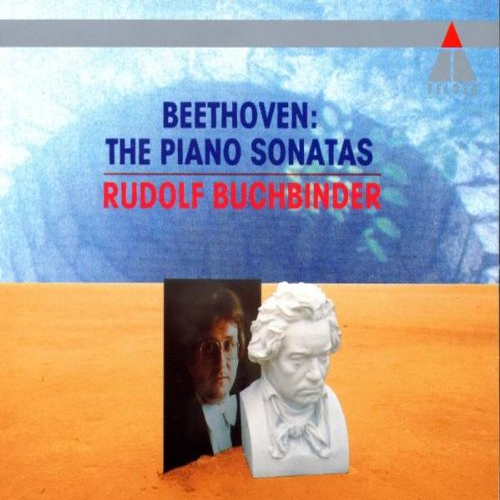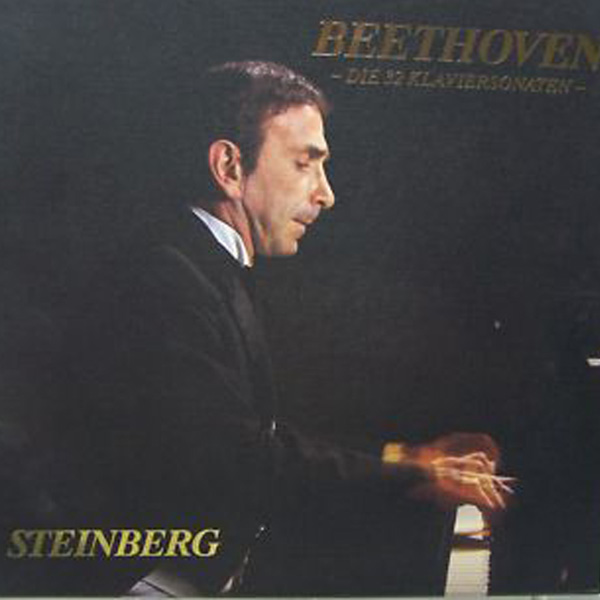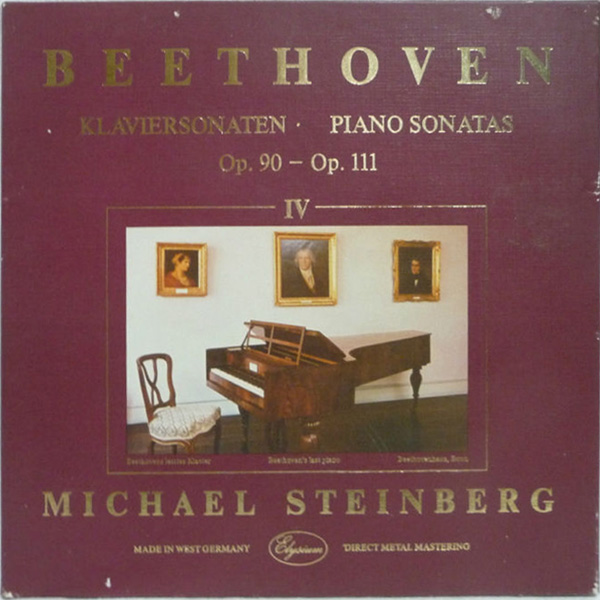 The smell coming from your grill last weekend, if you are reading in the United States, was a sure sign that summer is almost here, and with it the summer opera festivals. Tough economic times have forced some companies to reduce their seasons or pad them with money-making chestnuts -- or cancel the entire season -- but for most of them, the show will go on. Here are a few picks for what looks good around the United States, in roughly chronological order.
The smell coming from your grill last weekend, if you are reading in the United States, was a sure sign that summer is almost here, and with it the summer opera festivals. Tough economic times have forced some companies to reduce their seasons or pad them with money-making chestnuts -- or cancel the entire season -- but for most of them, the show will go on. Here are a few picks for what looks good around the United States, in roughly chronological order.
SPOLETO FESTIVAL (Charleston, S.C.)
Spoleto is mounting only one opera this year, Gustave Charpentier's Louise, which is according to Tim Page, in his summer gig with the Charleston Post and Courier, worth the trip. Only two (of three) performances remain. May 31 and June 6
BOSTON EARLY MUSIC FESTIVAL (Massachusetts)
The track record for the Boston crew's stagings of Baroque operas is quite good, and this year's production of Monteverdi's L'Incoronazione di Poppea is likely to be worth the trip, especially with Stephanie Houtzeel as Ottavia. June 6 to 14, 19 to 21
OPERA THEATER OF ST. LOUIS (Missouri)
If I can make it to St. Louis this summer (see the review from my last visit, in 2005), it would be for the new, reduced-forces version of John Corigliano's Ghosts of Versailles. Will the new edition give this unwieldy but ultimately lovable opera a new lease on life? June 17 to 27
 CENTRAL CITY OPERA (Colorado)
CENTRAL CITY OPERA (Colorado)
This is going to be the year for me to make it to one of the oldest summer opera festivals in the United States, in a historic 19th-century opera house in the Rocky Mountains. Catherine Malfitano directs a production of Donizetti's Lucia di Lammermoor with the lovely Lyubov Petrova in the title role and Vale Rideout as Edgardo, and countertenor David Walker, whom we admired so much in Opera Vivente's production of Tobias and the Angel, as Goffredo in Handel's Rinaldo, staged at Central City for the first time. June 27 to August 2
SANTA FE OPERA (New Mexico)
We have been covering the Santa Fe Opera's summer season almost as long as we have been in the blogging business, and the chance to leave the Washington swamps for a couple weeks in the dry desert mountains is most welcome. This season is once again one of the most alluring of the summer, beginning with Natalie Dessay's first Violetta in Verdi's La Traviata (Santa Fe also hosted her first Pamina), even more noteworthy because of the new production by the Laurent Pelly and Chantal Thomas team (who also contributed memorable stagings of Cendrillon and Platée). The world premiere of Paul Moravec's new opera, The Letter, on a libretto by Terry Teachout, will be the other major event. Jonathan Kent will direct Patricia Racette in the role of Leslie Crosbie. We are disappointed to see no other 20th-century opera on the schedule -- where is the Strauss? or Britten? or Janáček? -- but we will console ourselves with the fabulous Christine Brewer in the title role of Gluck's Alceste.
Fluff includes Elisir d'Amore, one of the dumbest operas ever created, with apprentice alumni Jennifer Black, Dmitri Pittas, and Patrick Carfizzi, all of them very good. The Don Giovanni (a production by Chas Rader-Shieber, who directed Washington's Tamerlano) also features mostly apprentice alums, most notably Susanna Phillips and Kate Lindsey, both of whom are worth hearing. July 3 to August 29
 CASTLETON FESTIVAL (Castleton Farms, Va.)
CASTLETON FESTIVAL (Castleton Farms, Va.)
At his estate in Rappahannock County, Lorin Maazel launches a new summer festival devoted to the chamber operas of Benjamin Britten this July, in what are not exactly auspicious economic circumstances. We have reviewed almost all of the operas on the schedule of the inaugural festival and have greatly admired them all: The Turn of the Screw (although the production is apparently not the same one as in 2006), the adaptation of The Beggar's Opera, and The Rape of Lucretia. Add in a production of Albert Herring and some symphonic and chamber music concerts, and you have one of the most appealing festivals of the summer. July 3 to 19
BARD MUSIC FESTIVAL/SUMMERSCAPE (Annandale-on-Hudson, N.Y.)
Interesting offerings at Bard College this summer include some concerts on the theme of Wagner and His World, as well as a staging of Meyerbeer's grand opera Les Huguenots, a multimedia performance of Dance (collaboration of Lucinda Childs, Philip Glass, and Sol LeWitt), and a performance of Mendelssohn's oratorio St. Paul. July 9 to August 23
CINCINNATI OPERA (Ohio)
This company has a strong schedule this year, with three of their four operas tempting me to take my first trip there. Most of all, they have a production of Don Carlo with Angela Brown, James Morris, and Michelle DeYoung (June 25 and 27), but also Roger Norrington will conduct their Marriage of Figaro, with a decent cast including Nicole Cabell and Teddy Tahu Rhodes (July 11 and 13). If you have not seen it yet, you have another chance to see Osvaldo Golijov's Ainadamar, again with Dawn Upshaw and Kelley O'Connor (July 9 and 11).
GLIMMERGLASS OPERA (Cooperstown, N.Y.)
This is still probably not the year that will draw me to this highly regarded festival in upstate New York, although if I did go it would be to see Menotti's The Consul and to hear the talented Tamara Mumford, who was so good in Rape of Lucretia at the Châteauville Foundation, in Purcell's Dido and Aeneas, in honor of the composer's anniversary year. July 18 to August 23
WOLF TRAP OPERA (Vienna, Va.)
Count me in for one of Wolf Trap's productions this summer -- more Monteverdi! -- Il Ritorno d'Ulisse in patria, with several of the young singers we admired last year. All we know is that they are doing everything they can to make the thunder sound authentic. July 24, 26, and 28
CARAMOOR (Katonah, N.Y.)
Yet another performance (in concert, with the Orchestra of St. Luke's) of the supremely dippy Elisir d'Amore here, but with Lawrence Brownlee as Nemorino to make it worth your while. Far more interesting is Rossini's Semiramide, in the critical edition by Philip Gossett including the death scene Rossini added for the Paris version, again with Brownlee, plus Angela Meade and Vivica Genaux. (Hat tip to An Unamplified Voice for the suggestion.) July 18 and 31 (single performances)
SEATTLE OPERA (Washington)
One of these years I will make it to the Seattle Ring Cycle. A quick glance at this year's cast -- Greer Grimsley (Wotan), Stephanie Blythe (Fricka), Janice Baird (Brünnhilde) -- is promising. Robert Spano conducts. August 9 to 30
MOSTLY MOZART FESTIVAL (New York, N.Y.)
In addition to some Mozart and other stuff, there is the New York premiere of the new John Adams opera A Flowering Tree, at the Rose Theater. August 13 to 16






































































